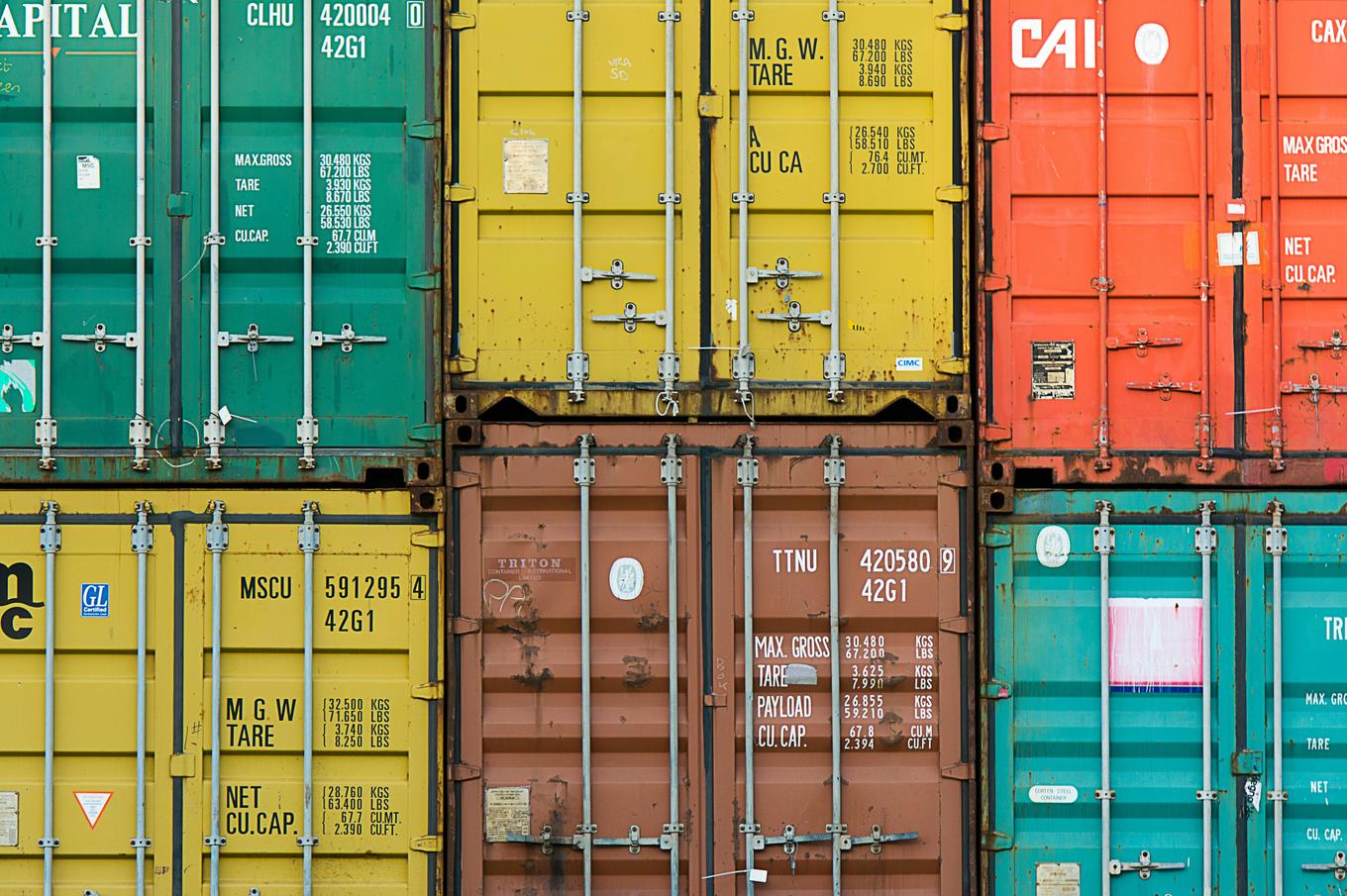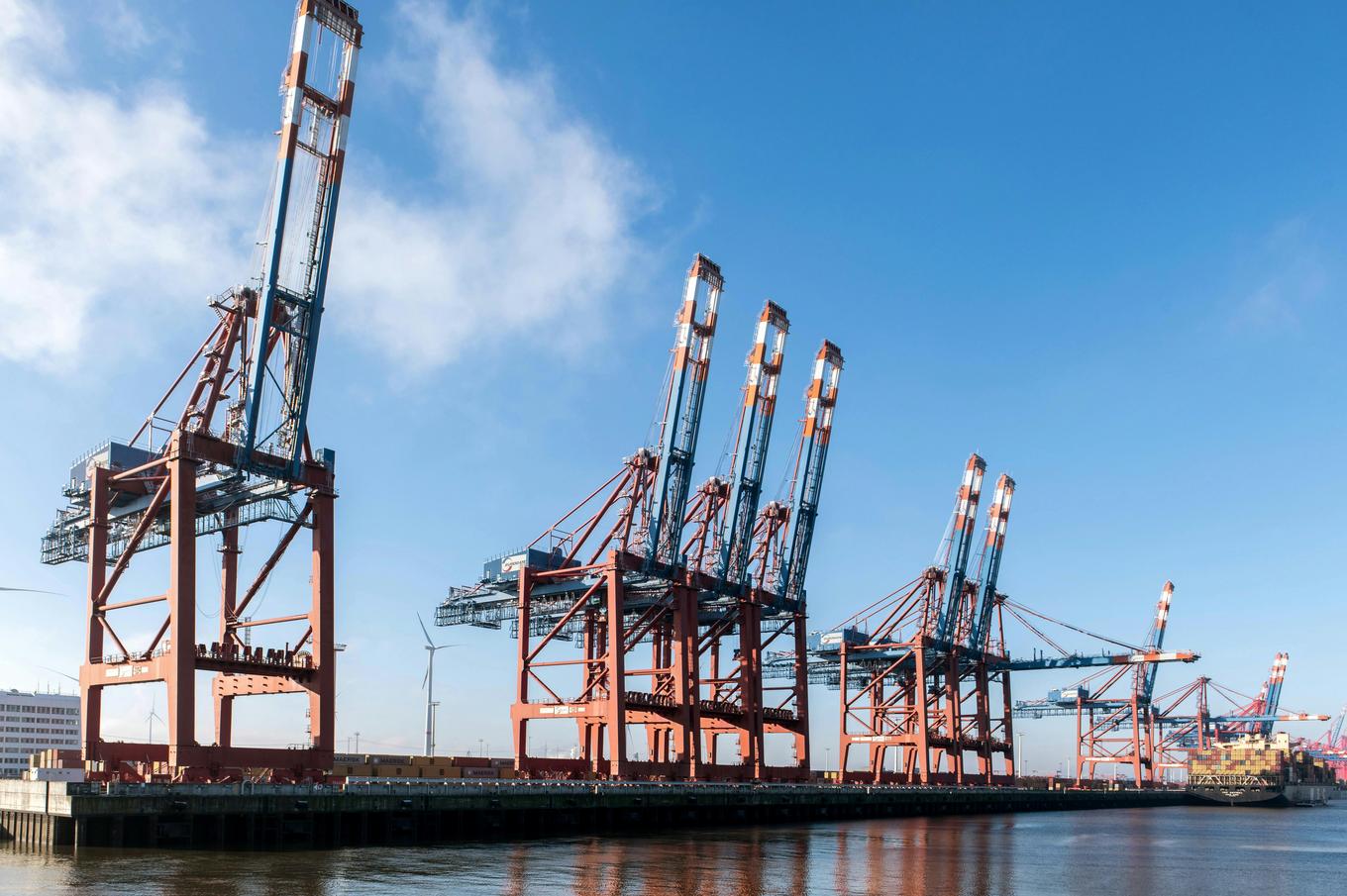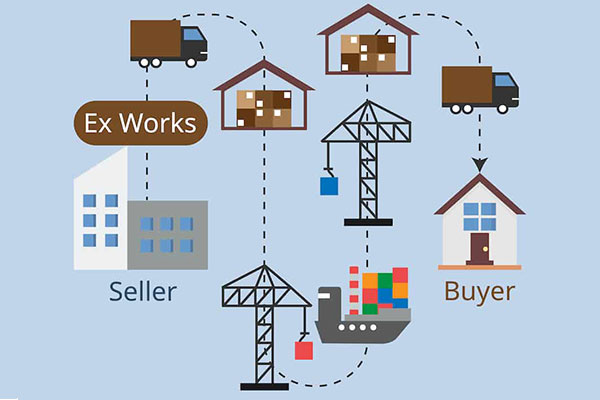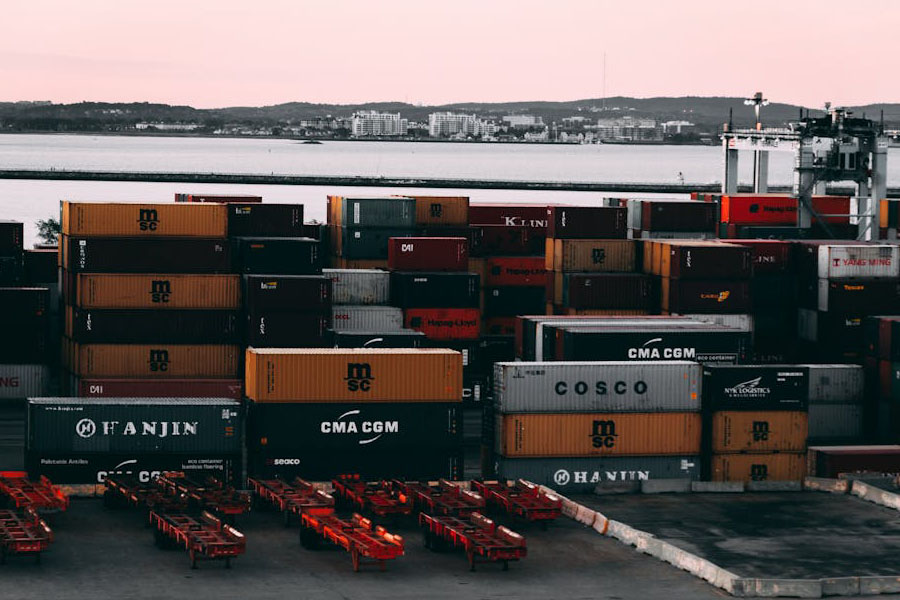- Shanghai Zhongshen International Trading Co., Ltd. – Your reliable partner with 20 years of import/export agency service expertise.
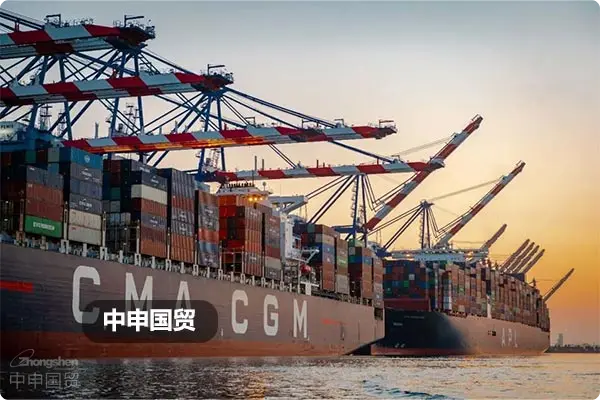
InExport Agent ServicesWhat costs can be saved for the company?
ProfessionalImport and exportAgency companies help enterprises save comprehensive costs through the following methods:
- Optimization of customs clearance costs:Leveraging HS code classification expertise to reduce tariff rates, a machinery company achieved a 17% tariff saving through precise classification.
- : By integrating the shipping line resources of the West Coast of the US (Los Angeles/Long Beach Port) and the East Coast of the US (New York/Savannah Port), agent services can shorten the transportation cycle by 30% and reduce the loss of LCL space.:Integrating resources from multiple shipping companies, an annual textile exporterMaritime transportCost reduced by 23%
- Time cost savings: The average customs clearance time is reduced by 3-5 working days, avoiding losses from demurrage fees.
- Hidden cost avoidance: Prevent fines caused by documentation errors (average fine per shipment can exceed 30% of the cargo value)
What is the fundamental difference between self-operated import/export and entrusted agency?
The core differences between the two are reflected in three dimensions:
- Qualification threshold:
- Self-operated businesses must complete six fundamental qualifications, including customs registration and electronic port procedures.
- Exporting special commodities also requires obtaining the corresponding industry license.
- Professional Ability:
- Document error rate: 8.7% on average for self-operated enterprises vs 0.5% for agency companies.
- There are significant differences in the ability to identify trade compliance risks.
- Resource Network: Agency companies typically have a service network covering 200+ overseas ports.
How to verify the authenticity of an import and export agency company's qualifications?
It is recommended to verify in three steps:
- Basic qualification verification:
- Customs recordation number (verifiable on the China Customs website)
- Filing for International Freight Forwarding (Query in the Business System of the Ministry of Commerce)
- Verification of professional qualifications:
- FIATA Membership (International Federation of Freight Forwarders Associations)
- WCA World Cargo Alliance Member
- Assessment of practical operational skills: Request to provide customs clearance records for the same category of goods in the past six months.
Is the agency fee charged as a percentage of the cargo value?
Typical fee structure includes:
- Basic service fee: Charged at 0.8%-1.5% of the cargo value (varies by category).
- Special handling fee:
- Hazardous Goods Declaration Surcharge: USD120 per B/L.
- Cold chain logistics monitoring fee: USD 0.3/CBM/day
- Risk guarantee deposit: Typically 5%-10% of the cargo value (refundable)
- Cost of funds: Interest generated from advance payment of taxes (refer to LPR rate)
How to prevent potential risks in import and export agency cooperation?
It is recommended to establish a three-tier risk control system:
- Contract terms:
- Clearly stipulate liability for compensation due to document errors
- Set the clause for penalty due to customs clearance time limit violation.
- : Obtain a copy of customs declaration data every week and conduct logistics reconciliation every month:
- Request real-time query of customs clearance status.
- Dual Verification Mechanism for Critical Nodes
- : Require the agent to purchase liability insurance of at least 5 million yuan: The agent is required to purchase professional liability insurance (the recommended coverage amount should not be less than USD 5 million).
What restrictions should be noted for the import and export of special items?
Latest Regulatory Requirements Reminder for 2025:
- Lithium Battery Transportation: UN38.3 Test Report + 1.2-Meter Drop Test Certification
- Import of food products: Overseas production enterprises must complete registration in advance (General Administration of Customs Order No. 248).
- Medical Devices: Products of Class II and above must provide FDA/CE certification.
- Export of artworks: Cultural relics are prohibited from leaving the country after 1949 (New regulation by the Ministry of Culture in 2024).
How to evaluate a customs clearance agency's overseas capabilities?
It is recommended to evaluate from four dimensions:
- Degree of localization: Does it have a directly affiliated branch in the destination country?
- Case data: Request for customs clearance records of similar products in the target country.
- Compliance Certification:AEO Certification Status (Authorized Economic Operator - Advanced Certification)
- Emergency Response Capability: Response Plan When the Inspection Rate Exceeds 15%
Cross-border E-commerceDo you need professional import and export agency services?
According to the new cross-border e-commerce regulatory policy for 2025:
- Bonded stock preparation mode:It is mandatory to entrust an agency company with cross-border e-commerce qualifications.
- Overseas warehouse shipping: It is recommended to choose a service provider with tax filing capabilities in the destination country.
- Return processing: Professional agency solutions that can reduce reverse logistics costs by 40%
How do import and export agents handle the impact of trade friction?
The response mechanism of a professional company includes:
- Tariff exemption applications: The success rate of U.S. Section 301 tariff exclusion applications can reach 68%.
- Origin optimization: Achieve tariff concessions through RCEP rules.
- Alternative Solution Library: Stock up on alternative suppliers and logistics solutions in advance
How to establish efficient collaboration with an agency?
It is recommended to implement three standardizations:
- Information standardization: Standardize product description rules (adopting the international UNSPSC code standard)
- Process standardization: Establish an EDI data automatic docking system
- Emergency standardization: Establish a tiered response mechanism (e.g., a 48-hour customs clearance exception handling process).
Resources
Contact Us
(+86) 139 1787 2118
Email: service@sh-zhongshen.com
Email: service@sh-zhongshen.com
Related recommendations
Contact via WeChat

? 2025. All Rights Reserved.
